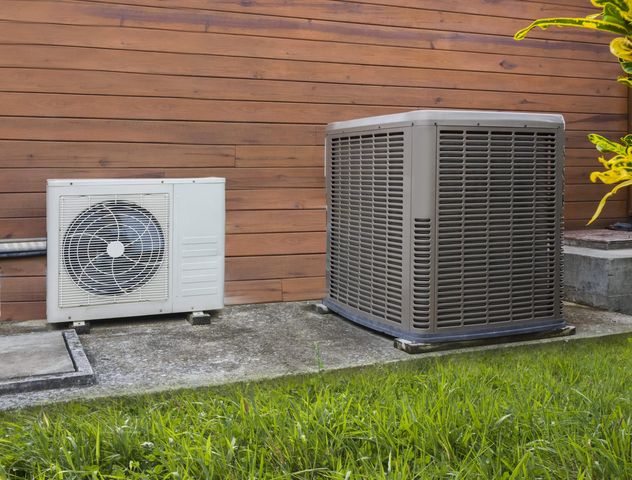
WHAT THE HECK IS A HEAT PUMP AND WHY WOULD I WANT ONE?
As an inspector, I get a lot of questions about the heating and air conditioning systems in a client’s potential new home. Here in the northwest, there are any number of different types of equipment installed in homes. I’d like to cover a few of the basic ones to give the potential buyer an idea of what they can expect from these systems.
- Electric resistance heat – these can be baseboards, wall heaters, or ceiling heat. Electricity is traditionally inexpensive in this part of the world, and these types of systems are less costly to install, so there are many older homes and condos with such equipment. As energy prices rise, these systems get more expensive to operate. They also don’t provide the benefit of whole house filtration systems. However, they are inexpensive to repair.
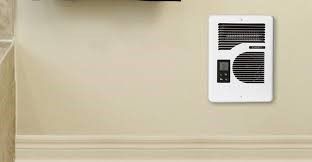
- Forced air heating systems – these can either be electric or gas furnaces, or in some older homes, oil furnaces. These systems, especially gas, are prevalent in our area. They can be highly efficient – some modern gas furnaces utilize upwards of 95% of the energy of the fuel. They also provide a method of filtering the air throughout the home. They tend to be more expensive to repair than the electric resistance heating systems, but typically have a long-life expectancy. It is not unusual to see gas furnaces still functioning satisfactorily after 30 – 35 years. However, they will tend to be far less efficient than newer furnaces.
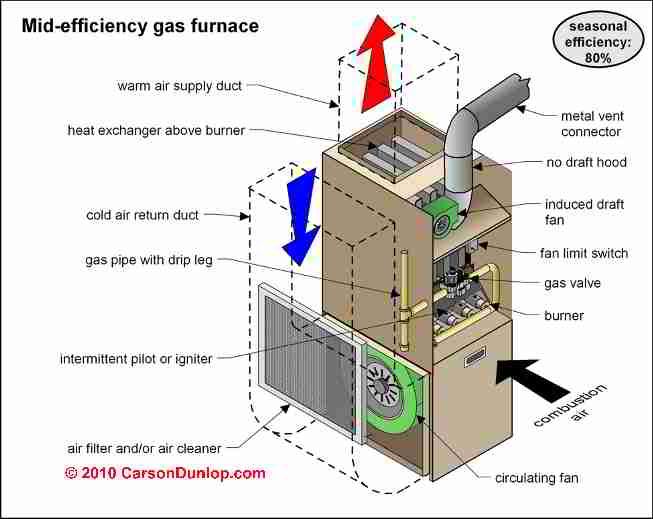
- Heat pump systems – here we get to the meat of the subject at hand. Heat pumps seem mysterious until you understand they are basically just air conditioners- with a twist. Without getting into details like compression and evaporation of refrigerant gasses, temperature deltas, subcooling, etc., they are this simple. They remove hot air from the home and expel it outside. By simply reversing the way they work, they can remove heat from outside, and distribute it in the house! Some heat pumps can even extract heat from outside air near freezing and provide heat inside. Heat pumps will be coupled with an indoor gas or electric furnace, which has a fan to distribute the heated or cooled air and provide heat when it is too cold outside to adequately warm the home. Some of the newer heat pumps can provide efficiencies far greater than older equipment.
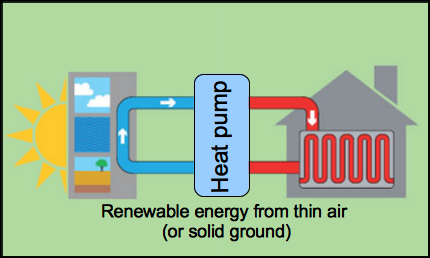
- Mini split systems – though these systems are relatively new here, they have been in use worldwide for decades. To make it simple, they are just like the heat pump system we just saw. Instead of moving the heat through a furnace, they have individual wall or ceiling mounted fan units in multiple rooms – in some cases, as many as 25 units or more! One of the benefits of these systems is that heating or cooling can be provided on a room-by-room basis, which is far more efficient. Also, as they have variable speeds, they only draw as much current as is needed for the heating or cooling demand.
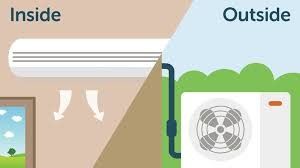
About the Business
BUSINESS
Home Inspector
Faber Home Inspection
ServingPortland, OR
Have a question? Ask the experts!
Send your question

